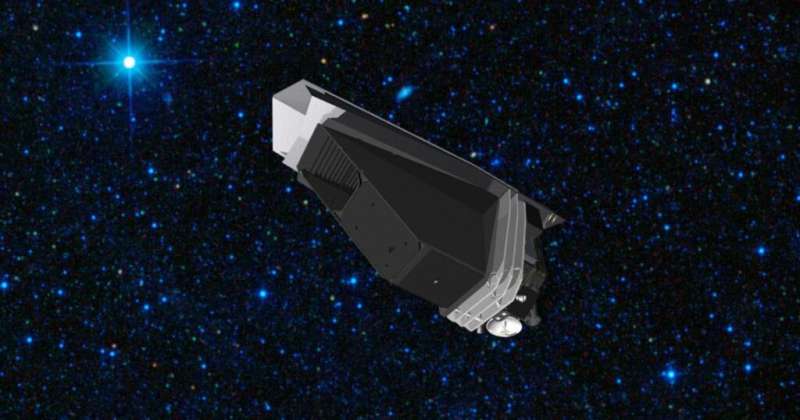With the increased focus on "planetary defense," as it has come to be called, NASA has been interested in the mission, which was initially proposed in 2005, for some time.
But, as with all bureaucracies, NASA has budgetary difficulties, and NEO Surveyor was no exception. The agency originally canceled NEO Surveyor's budget for the fiscal years 2022 and 2023, forcing project scientists and engineers to move on to other projects for their salaries. So when NASA again picked up the bill for the project, it had ballooned to $1.2 billion, partly due to the increased inflation throughout the economy in the intervening years.
Despite that price hike, the Planetary Society expects Congress to support the mission, in part thanks to more than 5,000 people who wrote their local representatives on behalf of the project. In a further show of support, the seemingly unrelated CHIPS and Science act passed by Congress earlier this year forces NASA into no longer cutting programs funding even if there are cost overruns on other programs (like, for example, the JWST).
Now with funding secured, the mission moves on to building and testing flight hardware as the third part of the five-step NASA project cycle. At the end of this "Phase C," all of the hardware should be ready for final assembly and testing. But there's still a long way, and potentially some of its own cost overruns, to go before NEO Surveyor is officially in space and collecting valuable data on our immediate planetary neighborhood. But for now, the project appears on track to deliver those helpful data points, if slightly later than its proponents had hoped for.
Provided by Universe Today



